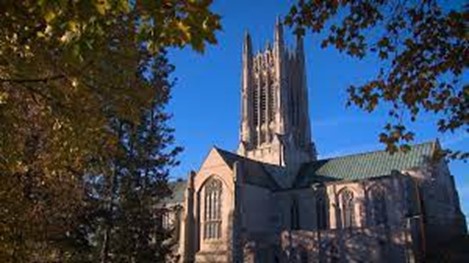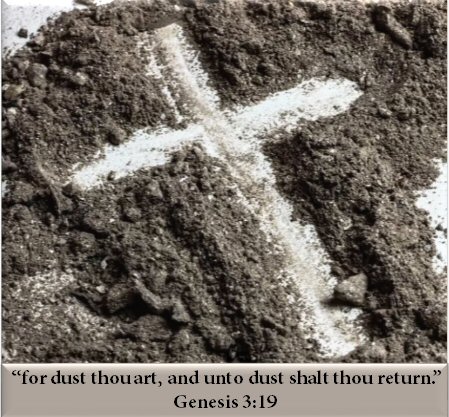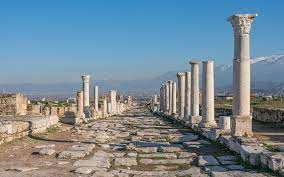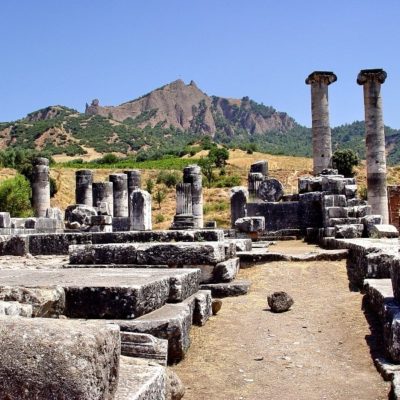American Carpatho-Russian Orthodox

Introduction
The American Carpatho-Russian Orthodox Greek Catholic Church is part of the Eastern Christian Greek Catholic Church in America. The original area of this church, Carpatho-Ruthenia, also known as Carpatho-Rus, was located between Slovakia and the Ukraine. Their homeland was in the Carpathian Mountain regions of eastern Czechoslovakia. Their religious allegiance has been bound to the Russian and the Orthodox churches.
The Greek Catholic Church in the United States came out of the Immigration of Ruthenians to the New World. Controversial disagreements developed between the Roman Catholic Church regarding the Eastern Church theology and traditions, especially over the Greek Catholic Church ordaining married men into the priesthood.
Father Alexis Toth, a married Ruthenian priest, immigrated to St. Paul Minnesota in 1891. The Archbishop of the Roman Catholic Church, John Ireland, was horrified to discover Father Toth was married, and forbade him serving as Priest in his parish. The Russian Orthodox Church was created from the aftermath of a parish rebellion that took place when the followers of Father Toth broke from the Roman Catholic Church. Father Toth was later canonized as a saint.
The Roman Catholic Church and the Greek Catholic Union, another Greek break-off from the Roman Catholic Church, did not stop their controversy concerning the issue of married priests leading a parish. Eventually Rome intervened and made a Papal decree in 1929 by Pope Pius XI, called Cum Data Fuerit, that set forth the canons for the government of the Greek Catholic Church in America. It was required that the Greek Catholic Church in America would no longer ordain married men into the Greek Catholic parishes and the practice of holding church property in the parish names would also be prohibited. It also required all Greek Catholic priests to return to Europe. These proposals and decrees were rejected and as a result, the new Orthodox church was created and called the Carpatho-Russian Orthodox Greek Catholic Church and placed itself under the jurisdiction of the Ecumenical Patriarch of Constantinople.
History
Saint Cyril and his brother Methodius were Greeks and considered to be equal to the apostles in the 9th century. They received the Holy Gospel and the Sacred Sacraments from the Byzantine Church of Constantinople. They encouraged the use of the ancient Slavonic language, which later became known as Old Church Slavonic, in the worship service. The Old Church Slavonic became the liturgical language of all the Slavonic Christians including the Carpatho-Rusyns, Orthodox and Catholic. The liturgical books were taken to Rome by Saint Cyril and Methodius to receive the blessing of the Pope. After receiving the blessing from Pope Hadrian, Saint Cyril and his brother Methodius established the Byzantine Greek Catholic religion in the Carpathian Mountains of Central Europe.
A split between the East and the West happened in 1054 with the Great Schism of Constantinople and Rome. The Carpatho-Rusyns, an Eastern Church became members of the Orthodox Church. A self-governing church of Mukachevo-Uzhorod, around 1646, wanted to be re-established with the Catholic faith while maintaining their spirituality, their discipline and their ceremonies of the Eastern Church. The Greek Catholic Church was born. It was Greek in its theology, discipline, and traditional ceremonies. It was Catholic in the union with the Bishop of Rome.
Belief
The Churches of both the East and West shared the same tradition of a married priesthood in the first millennium. At the beginning of the second millennium the Western Church abandoned the ordination of married men. The Western Church only ordained unmarried men to become priests that were required to be celibate to officiate over the Sacraments, Marriages, Baptisms, and any of the other Sacraments of their holy orders.
The American Carpatho-Russian Orthodox Greek Catholic Church follows after the Byzantine order. The traditional aspect of the Byzantine order is that the Holy Spirit is forever present, always inspiring, enlightening, teaching and sustaining the Church in truth. The Byzantine belief is the Holy Tradition, which is the truth of God in the life and voice of the Church recorded under the inspiration of God and representing the Word of God in the Holy Scripture. They believe the Church is Christ who continues to live in His Mystical Body. This makes the Sacrifice and prayer of the Church, the sacrifice and prayers of Christ.
The Byzantine theology places the Mother of God, Mary, in an elevated position because of her part in the life of God. They believe she is the creature, the human medium through which God can communicate to man as a result of the Incarnation.
Unlike the Roman Catholic worshippers, the Byzantine spirituality presents no difference between private and public prayer. Everyone is expected to participate in the prayers of praise and thanksgiving. Prayer is the art of holding a conversation with God by them. Baptism is given for both adults and infants since it is believed that at the instant a person is born they are born into Christ. A change happens at the baptismal font during the baptism and a new name of a saint is given to the person to represent this change.
Cite Article Source
MLA Style Citation:
Holstein, Joanne “American Carpatho-Russian Orthodox:.” Becker Bible Studies Library Jan 2006.<https://guidedbiblestudies.com/?p=2570,>.
APA Style Citation:
Holstein, Joanne (2006, January) “American Carpatho-Russian Orthodox:.” Becker Bible Studies Library. Retrieved from https://guidedbiblestudies.com/?p=2570,.
Chicago Style Citation:
Holstein, Joanne (2006) “American Carpatho-Russian Orthodox:.” Becker Bible Studies Library (January), https://guidedbiblestudies.com/?p=2570, (accessed).


